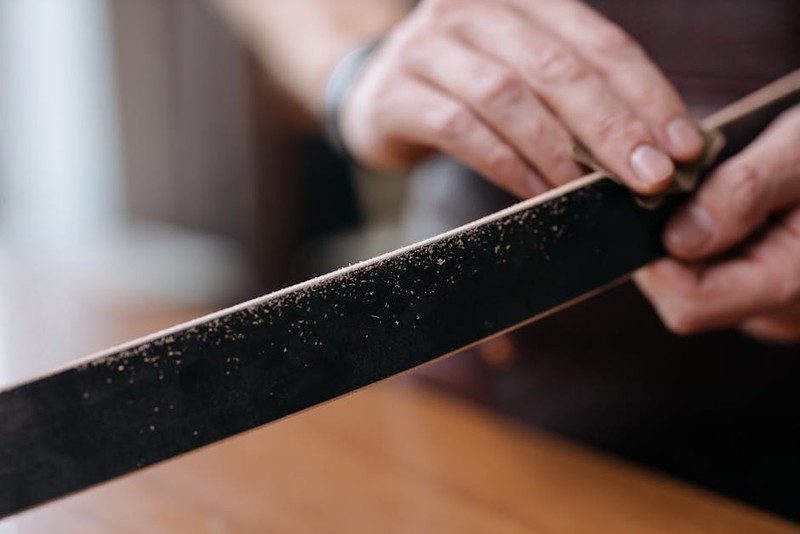The Hidden Challenge: Why Surface Finishing Fails (And How to Fix It)
Surface finishing is often treated as an afterthought in CNC machining, but it’s where many projects stumble. Even with precision machining, components can emerge with visible tool marks, burrs, or inconsistent textures. The root cause? A mismatch between the machining strategy and the material’s inherent properties.
The Material Factor: Why One Size Doesn’t Fit All
In a recent project, we machined aerospace-grade aluminum (7075-T6) and stainless steel (316L) back-to-back using the same parameters. The results were stark:
– Aluminum: Mirror-like finish with minimal post-processing.
– Stainless Steel: Visible tool chatter and uneven grain.
The lesson? Harder materials require slower speeds, specialized tool coatings (like TiAlN), and tighter tolerances. Here’s a comparison of optimal parameters:
| Material | RPM Range | Feed Rate (mm/tooth) | Tool Coating | Surface Roughness (Ra) Achievable |
|---|---|---|---|---|
| Aluminum 6061 | 12,000–18,000 | 0.10–0.15 | Uncoated | 0.4–0.8 µm |
| Stainless 316L | 6,000–8,000 | 0.05–0.08 | TiAlN | 0.8–1.2 µm |
| Titanium Grade 5 | 4,000–6,000 | 0.04–0.06 | Diamond-Like Carbon (DLC) | 1.0–1.6 µm |
Case Study: Solving Chatter in Thin-Walled Components
A client needed a titanium housing with a Ra < 1.0 µm, but vibration caused inconsistent finishes. Our solution:
1. Reduced radial depth of cut from 0.5 mm to 0.2 mm to minimize tool deflection.
2. Switched to a tapered end mill for better rigidity.
3. Added dynamic milling passes to redistribute load.
Result: Surface roughness improved from 1.8 µm to 0.7 µm, with a 20% reduction in scrap rate.
Expert Strategies for Consistent High-Quality Finishes
1. Toolpath Optimization: The Secret to Smooth Surfaces
- Climb vs. Conventional Milling: Climb milling (tool moving with the feed direction) reduces burrs but requires rigid setups.
- Trochoidal Milling: Ideal for hard materials, this method reduces heat and tool wear by maintaining constant engagement.

2. Post-Processing Techniques That Deliver Perfection
- Vibratory Finishing: For deburring and edge blending, especially in high-volume production.
- Electropolishing: Best for stainless steel, removing microscopic peaks for a corrosion-resistant finish.

Pro Tip: Always validate finishes with a profilometer. Visual inspection can miss sub-micron irregularities that affect performance.
The Future of Surface Finishing: Automation and AI
Emerging technologies are revolutionizing the field:
– Adaptive Machining: Real-time feedback adjusts parameters mid-cut to compensate for tool wear.
– AI-Powered Predictive Maintenance: Reduces downtime by forecasting tool failure before it impacts surface quality.
In a pilot project with a medical device manufacturer, AI-driven tool monitoring cut rework by 30% by predicting tool degradation within 0.01 mm accuracy.
Key Takeaways for Immediate Application
- Match tooling and parameters to material properties—harder isn’t always better.
- Invest in advanced toolpaths like trochoidal milling for challenging geometries.
- Leverage post-processing for final perfection, but optimize machining to minimize it.
By treating surface finishing as an integral part of the machining process—not an afterthought—you’ll achieve results that stand up to even the most stringent quality checks.
